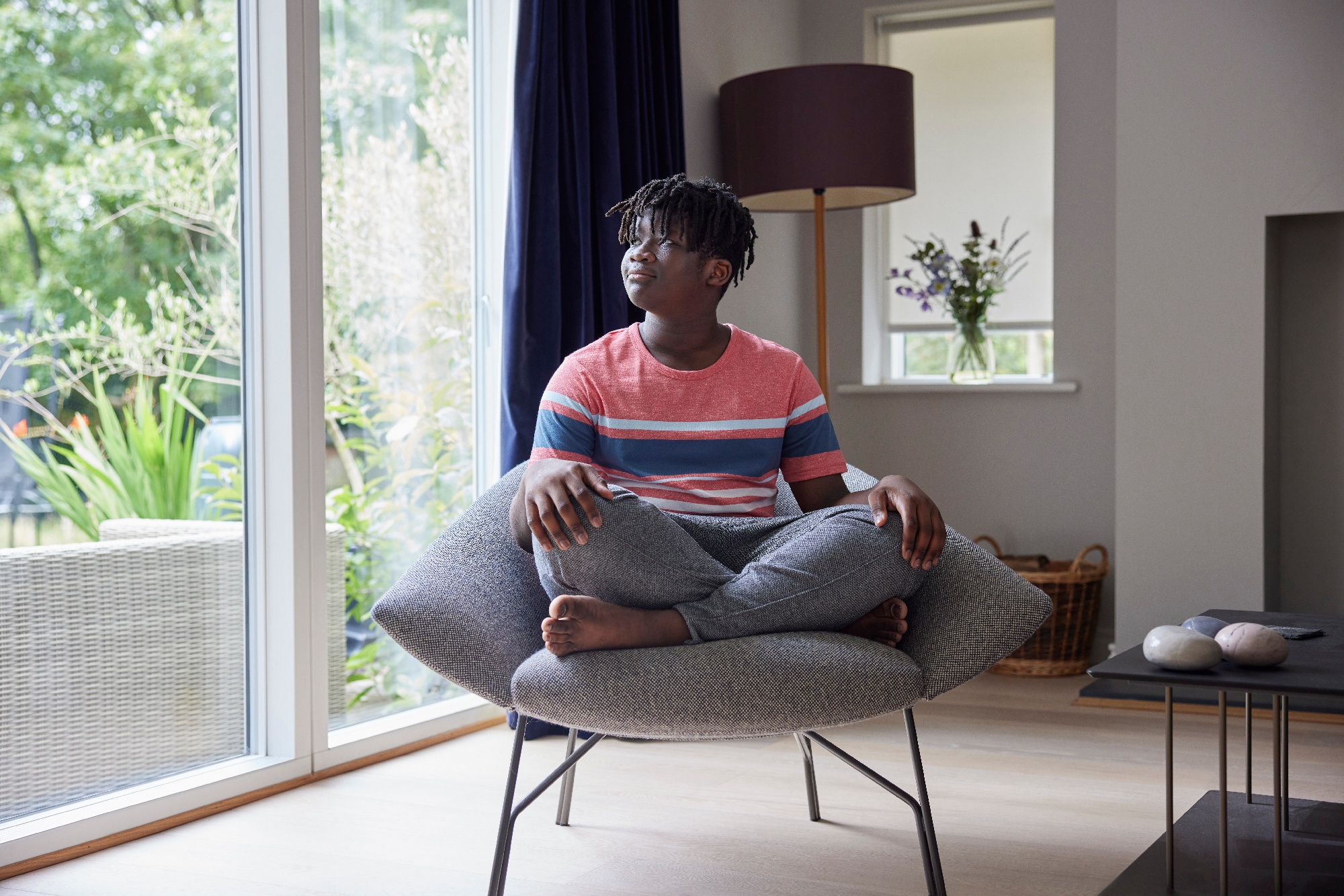Breath Easy: Take-Home Mindfulness Techniques
Life can get stressful sometimes, especially as a young person. You’ve got school, friends, family, and all kinds of emotions to deal with. When things start to feel overwhelming, it’s important to have tools to calm your mind and body. One great technique is mindfulness breathing. Keep reading to understand what it is and how it can help you chill out.

Table Of Content
- What is Mindfulness Breathing?
- Benefits of Mindfulness Breathing
- Getting Started
- Breathing Exercises to Try
What is Mindfulness Breathing?
Mindfulness simply means paying attention, on purpose and without judgment. Mindfulness breathing then means focusing your attention on your breathing in a noncritical way. The goal is to anchor yourself in the present moment rather than getting caught up in worries about the past or future.
When you purposefully pay attention to your breath going in and out, it can relax your body and quiet your mind. It might sound basic, but it takes some practice. Staying present can be tricky when you’ve got drama with friends or stress about exams distracting you.
Benefits of Mindfulness Breathing
Practicing mindfulness breathing has all kinds of upsides:
- Lowers stress and anxiety
- Improves sleep
- Boosts concentration so you can study better
- Helps manage difficult emotions like anger or sadness
- Builds resilience so daily stressors affect you less
- Reduces depression symptoms
- Can ease physical tension and pain
The best part is that you can use this simple technique anytime, anywhere. All you need is your breath, which is kind of cool.
Getting Started
Trying mindfulness breathing for the first time may feel weird or even boring. Sticking with it gets easier over time though. Even just a few minutes here and there can make a difference. Here are some tips:
Find a quiet spot without too many distractions. Sit upright but relaxed in a chair or on the floor. Make sure you’re comfortable.
Close your eyes. This removes visual stimuli so you can direct focus inward.
Take a few natural breaths without trying to change anything at first. Notice the sensation of air filling your lungs and your belly rising and falling.
Once you’ve gotten a feel for your breath, start to breathe consciously. Breathe in slowly through your nose, allowing your lungs to fully inflate. Pause for a couple seconds, then breathe out slowly through your mouth.
As you breathe in and out, say “in” and “out” in your mind. Focus only on the breath, letting all other thoughts float away. If your mind does wander, gently redirect your attention back to the breath. Don’t criticize yourself.
When you’re ready to finish, take some normal breaths with your eyes open, feeling grounded and centered.
Breathing Exercises to Try
There are endless variations on mindfulness breathing you can experiment with:
Counting - Inhale for a count of 4, hold for 4, exhale for 4. Aim for 8-10 rounds.
Breathing Colors - Choose two different colors, one to breathe in and one to breathe out. Picture a color for the in-breath and one for the out-breath. Choose the colors you want, for the reasons you want. Close your eyes and pair each color with its breath.
Square breathing - Visualize breathing in along one side of a square, holding along the next side, exhaling along the third side, and holding again along the last side.
Belly Breathing - Lie down on your back on the floor or in bed, or sit upright in a chair. Place a hand on your belly, and as you breathe in watch how your belly expands. Breathing in this way promotes deep breathing, which helps to get oxygen into your system. More oxygen helps us relax our bodies and think more clearly.
With imagery - Picture the ocean as you inhale and waves crashing as you exhale. Or imagine breathing in peaceful blue sky and out stormy gray clouds.
With mantras - Say a word like “calm” to yourself as you inhale and “ease” as you exhale. You can create any mantras with meaning for you.
Walking - Practice mindful breathing as you walk. Pay close attention to sensations in your body.
It doesn’t matter which technique you use. Experiment and find several that work for you. The most important thing is making mindfulness breathing a habit, even if you only have 30 seconds right before taking a test or calling a friend after a fight. With some dedication, it can become a valuable life skill for staying cool under pressure.
